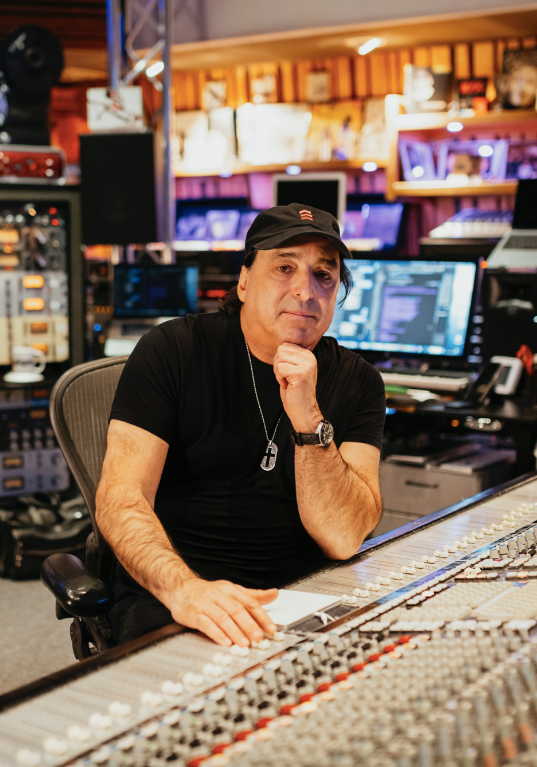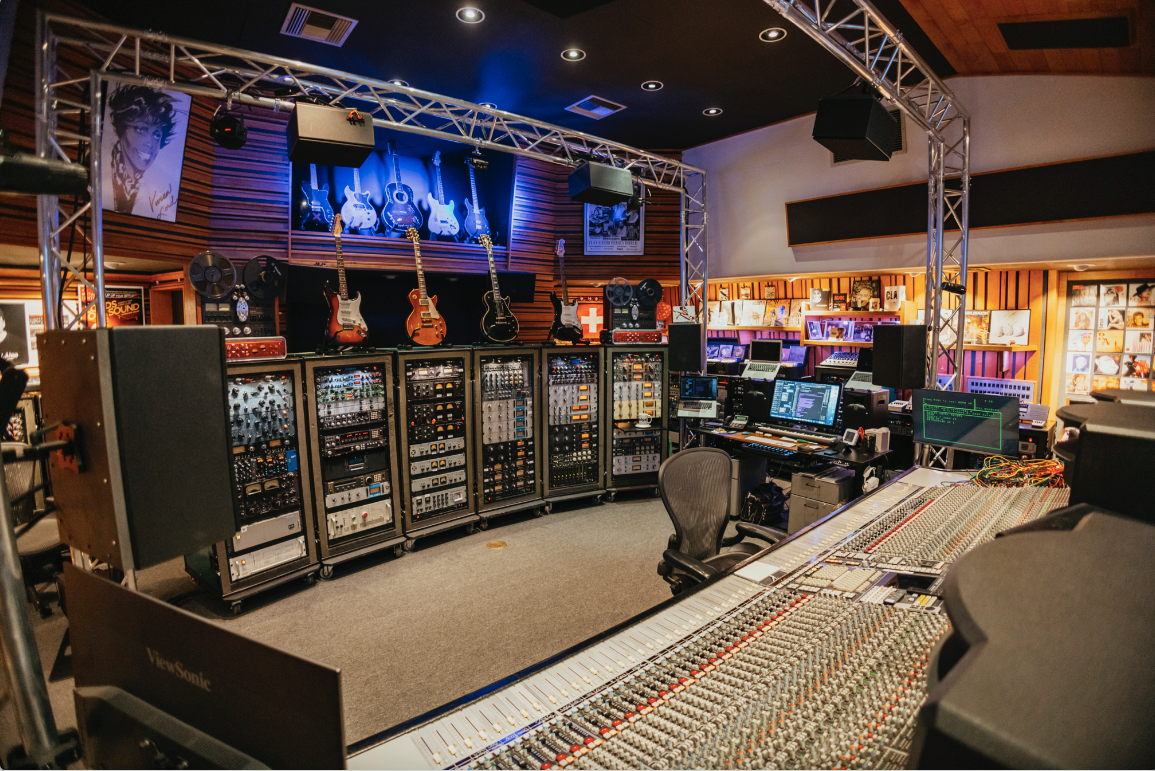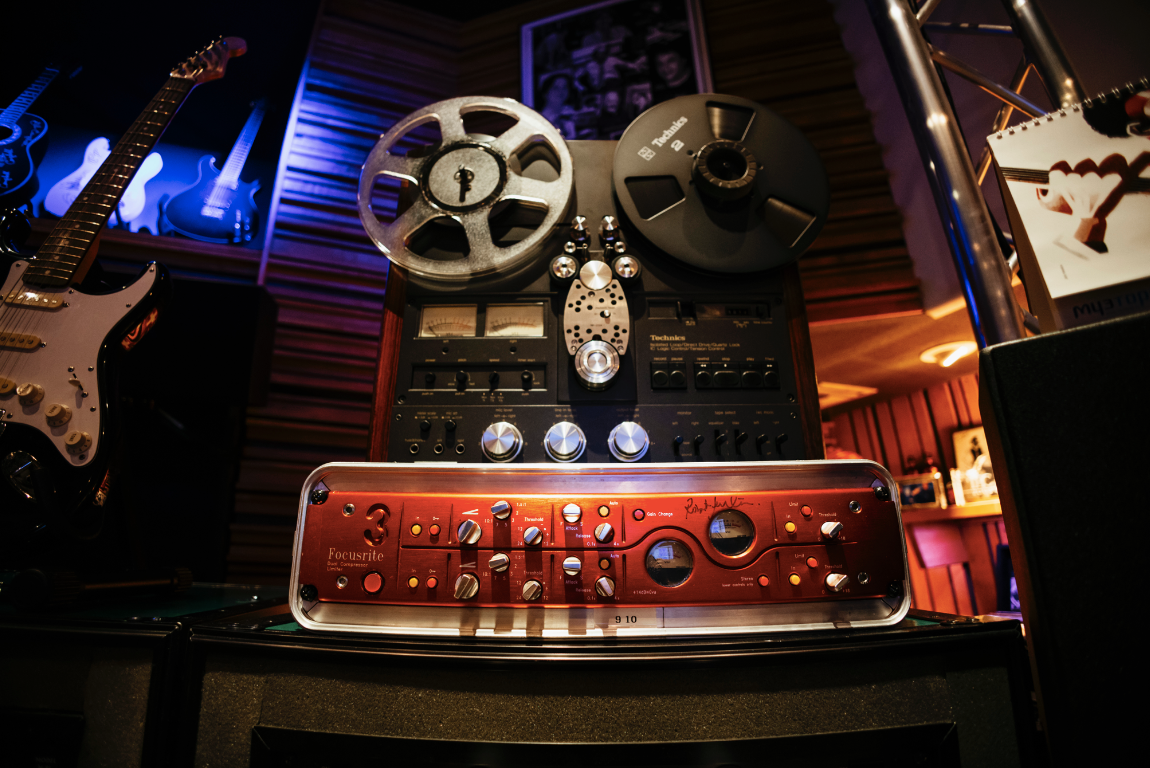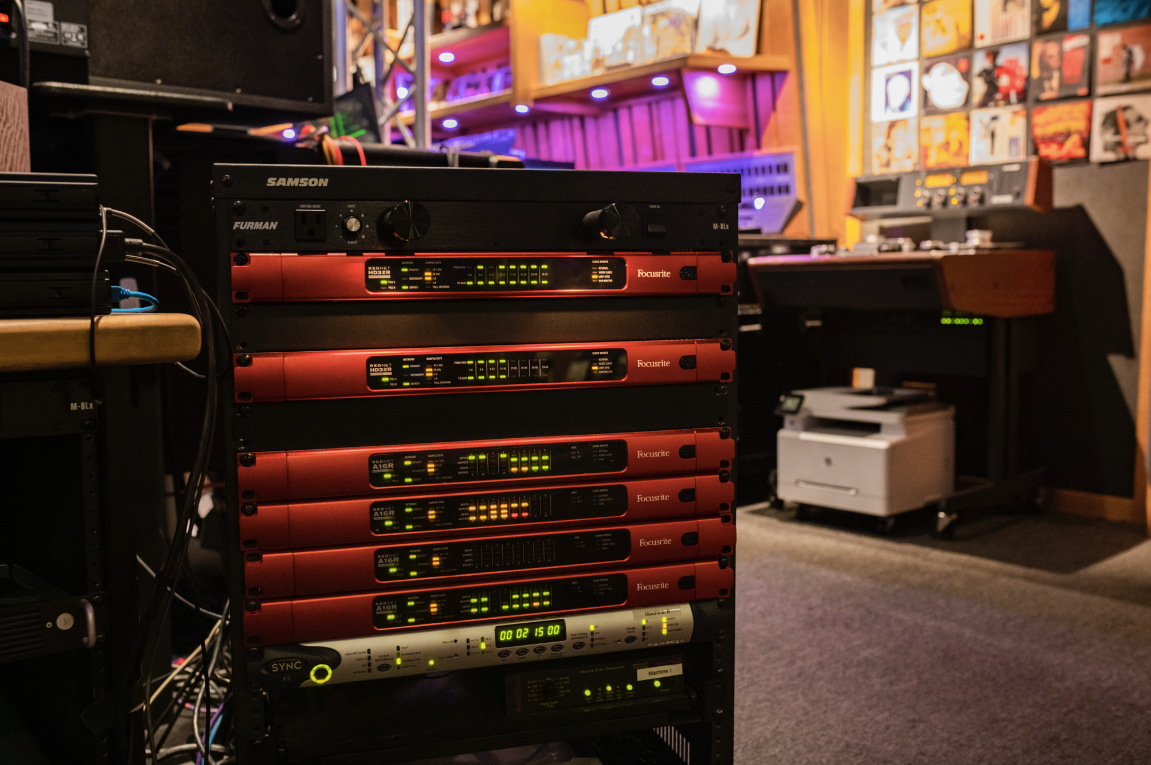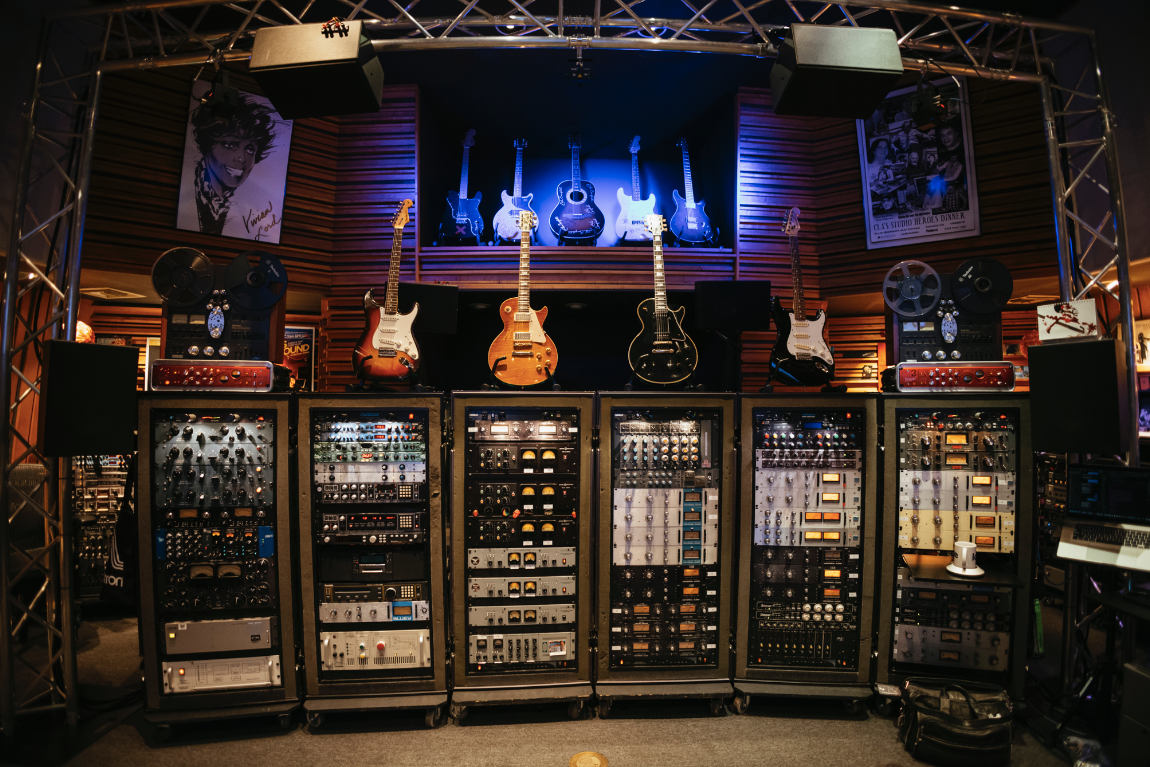Since getting his start in the studio world in the ‘80s, Chris Lord-Alge has gone on to engineer and mix for artists including James Brown, Tina Turner, Chaka Khan, Madonna, The Rolling Stones, Bruce Springsteen, Prince, Rod Stewart, Stevie Nicks, Green Day, U2, and many, many more. In 2008 he acquired his own studio, MIX LA and, unsurprisingly for one of the most proficient mixers of our time (with his own Waves Audio plugin range to boot), boasts the very best studio gear available. Recently, he took the plunge into immersive audio and upgraded MIX LA’s Studio A for Dolby Atmos work, facilitated by an interface and converter infrastructure based on Focusrite RedNet components. Here, he explains his unconventional approach to Atmos mixing.
You’ve always got multiple projects on the go; what are you working on at the moment?
I'll be mixing some Harry Styles in the truck for Coachella, I'm currently working on a Demi Lovato single, I've just wrapped up Halestorm’s new album in Atmos, and I’m doing some live Eagles stuff. It's all kinds of stuff – anything from Dolly Parton to frickin heavy metal, to In Flames.
The door keeps revolving and more stuff keeps coming in, so we can't complain! Most of the time I have a current number one somewhere on a chart; there's no rest for the wicked, let's put it that way.
Why did you finally decide to upgrade to an Atmos setup?
If people are starting to serve the Impossible Burger on their menu, well guess what? You better add it also. You can't just say, ‘I'm not going to do it because I don't believe in it’. No, I'm gonna install it.
I'm gonna get the best rig in here and I’m going to get all my friends who know about it to hook me up. The biggest names in Atmos helped me to put it together. I'm all set up for it.
